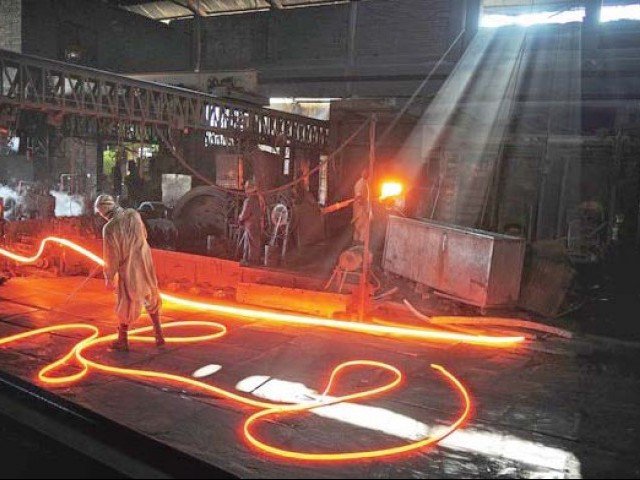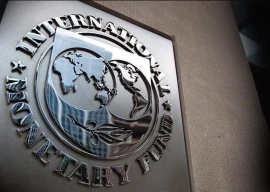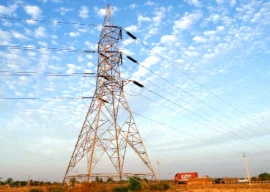
One of the most common terms which one hears in the public sector is “PPRA rules”. This article makes a brief review of procurement dynamics of Pakistan’s public sector and the associated governance structure including the Public Procurement Regulatory Authority (PPRA) rules.
A developing country like Pakistan annually spends around 20% of gross domestic product (GDP), or $60 billion in our case, through this medium. This includes approximately 90% budget of public sector enterprises (PSEs). It necessitates that the associated governance structure should be foolproof and user-friendly. However, it is a matter of concern that in the public sector, PPRA rules are widely taken as an unpleasant challenge. Probably, the announcement of government’s intention to grant PSEs exemption from the rules is driven by this factor.
This seems akin to the solution generally presented to cope with poor performance of the PSEs, ie privatisation, though it is a well-known fact that earnings of a company are only linked with how it is governed. Large and efficient public sectors have proven the efficacy of this approach in many countries such as Norway, Singapore, China, Gulf Cooperation Council (GCC) member states, etc. Issues pertaining to public procurement can similarly be sorted out by augmenting the capacity of governance structure and procuring agencies. Multiple sources indicate that Pakistan can save at least $18 billion annually by optimising its public procurement. This amply highlights that the supply chain has become a highly specialised field and requires corresponding level of professional capacity for its management in addition to a robust governance structure. Capacity deficiency results in indecisiveness or ill-informed decisions.
Governance structure
In search for answers for the above issues I went through the PPRA website and the pertaining governance structures and associated data of various countries including a few useful video lectures. The main observations made during the review are summarised below:
One, the last detailed annual report which I could access on the PPRA website is a few years old. Also, according to some sources, PPRA appears to be substantially understaffed vis-a-vis its scope of responsibilities. In the given backdrop, its functioning can be improved with due support and attention.
Two, the PPRA board is supposed to comprise 10 members, but positions of three private members seem to be vacant since long. Moreover, their role gets diluted when the PPRA ordinance says five members can complete the quorum.
Three, a report available on the PPRA website titled “National Procurement Strategy”, produced a few years ago, highlights the requirement of an impartial forum for dealing with grievances, conflict of interest of board members, the regulatory ambit of PPRA, lack of a well-defined yardstick for private members, requirement of representation in the board for other stakeholders such as the private sector, civil society, etc and the need for a professional managing director. The report notes “the current regime does not assign weightage to quality even in cases where quality is critical to the objective of procurement.”
Also highlighted in the report, the conflicted nature of existing grievance redressing mechanism, ie in-house committees, proves to be an impediment to conflict resolution. Thus, serious conflicts mostly end up in courts, which results in undue delay. This systemic gap frequently results in frivolous issues getting complicated. Serious post-contract award conflicts mostly end up in courts, whose roots may even be traced back to the omissions committed much earlier in the chain of events, but not really to the deployment of PPRA rules.
The above factors lead to higher costs because the multiple unknowns compel bidders as well as procuring agencies to prepare their bids and tenders conservatively. The resultant atmosphere discourages innovation and entrepreneurship with all concerned taking the most conservative or safe positions since inception, thus leaving no room for informed discretion, which, otherwise, derives all decision-making in the corporate environment. Of course, the capacity issues of procuring agencies also contribute in this regard.
A study of the government of Pakistan, World Bank, European Commission, Asian Development Bank (ADB) and UK Department of International Development (DFID) summarises the situation as follows: “Throughout the government, there is a dearth of skills in procurement and contract administration ranging from the development of policy to the management of function.”
What is to be done?
Exempting the PSEs from PPRA rules may not help. Instead, we need to augment the overall governance structure along with the capacity of procuring agencies. Some of the required steps can be as follows:
One, the PPRA needs to be provided with an advisory board of high-level supply chain management (SCM) experts for professional guidance. It may preferably be a statutory institution. Two, all the outstanding action points of the above-mentioned strategy prepared by the PPRA may be implemented on priority.
Three, most of the developed countries have facilitated conflict resolution by integrating specialised institutions such as the public procurement ombudsman, procurement tribunals/ courts as well as the regulatory bodies concerned.
At least, 153 countries provide the facility of an independent administrative review. Though 89 charge a fee for it, it saves considerable time and money. For instance, in a majority of OECD countries, such decisions take only around 30 days. We need to consider a similar institution for the given objective.
Four, the critical gap in the bid evaluation criteria, driven by the slogan of “technically acceptable and commercially lowest”, appears to have been bridged vide a recent revision in PPRA rules by incorporating the concept of “most advantageous bid”. Adopting the same in its true spirit may require the training of all stakeholders. Five, the PPRA may consider introducing regulations for inventory management, centralised inventories and framework contracts for common use items. Effective management of this aspect can lead to huge savings.
Similarly, it may also consider incorporating dedicated rules for engineering, procurement and construction (EPC) contracts. Six, the PPRA needs to develop professional linkages with the corresponding procuring authorities of some OECD countries. Seven, capacity mapping of the procuring agencies should be carried out, especially with respect to high-value tendering, bid evaluation and contracting, inventory management, contract management, problem solving and decision-making. Gaps identified in mapping may be bridged on priority.
In view of the above, it can be concluded that we need to take a holistic view to deal with snags in public procurement. By focusing on the issue along above lines, we can effectively fill the relevant gaps, which will obviate the need for any new regime. A radical change may, instead, cause repercussions which may take a long time to disappear.
The writer is a petroleum engineer and an oil and gas management professional
Published in The Express Tribune, March 29th, 2021.
Like Business on Facebook, follow @TribuneBiz on Twitter to stay informed and join in the conversation.


1725967717-0/Untitled-design-(3)1725967717-0-165x106.webp)

1725275251-0/Untitled-design-(3)1725275251-0-165x106.webp)
















COMMENTS
Comments are moderated and generally will be posted if they are on-topic and not abusive.
For more information, please see our Comments FAQ